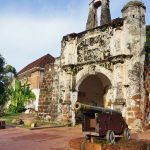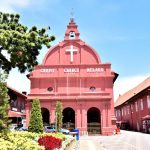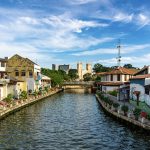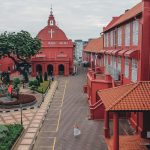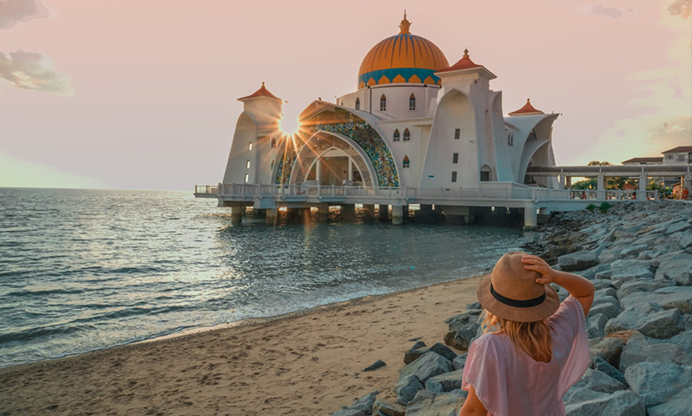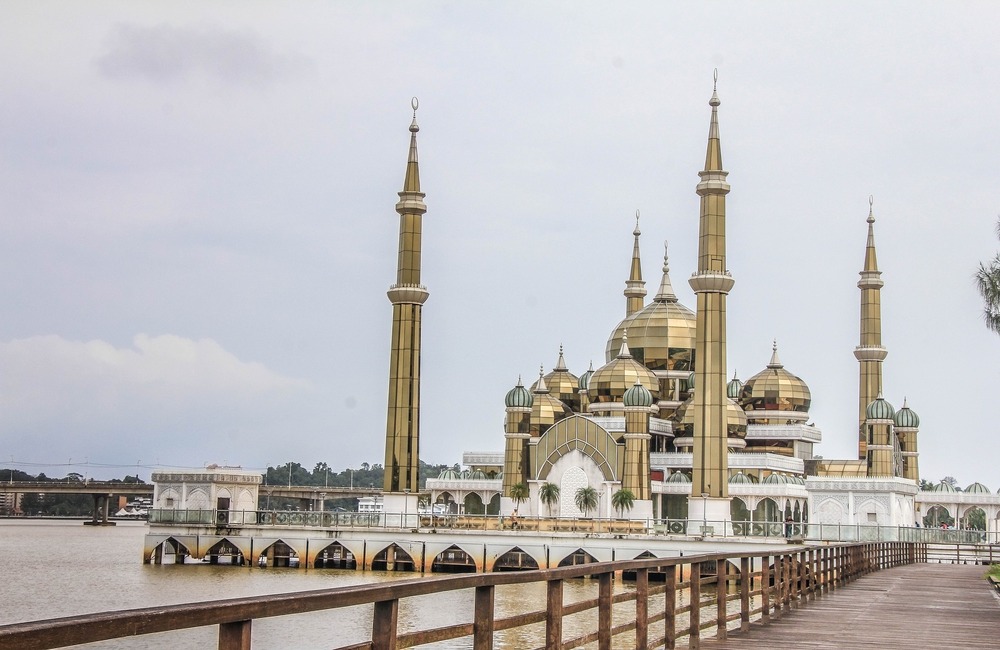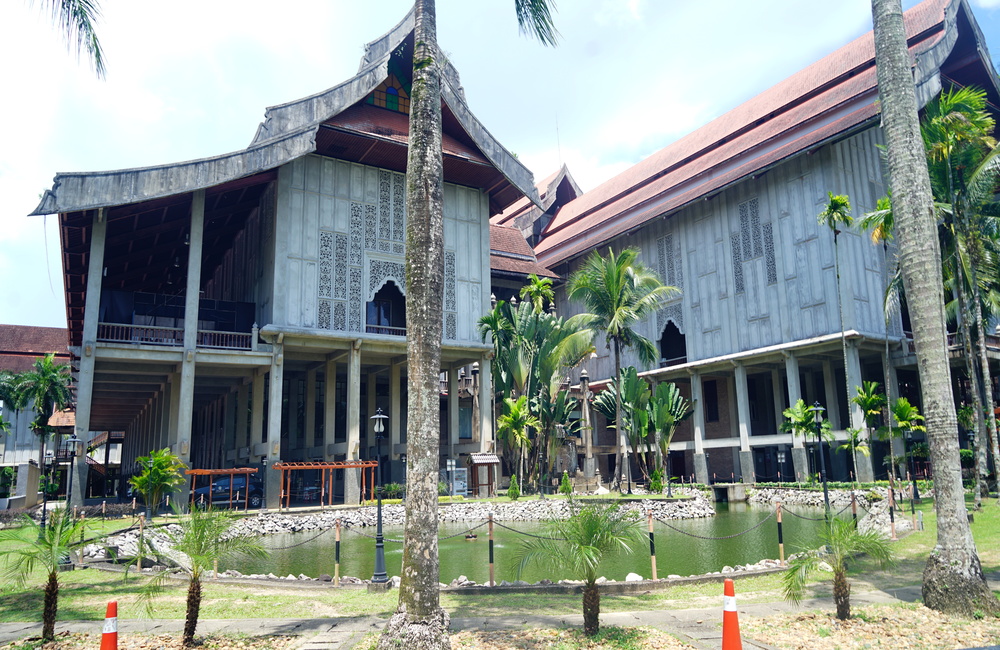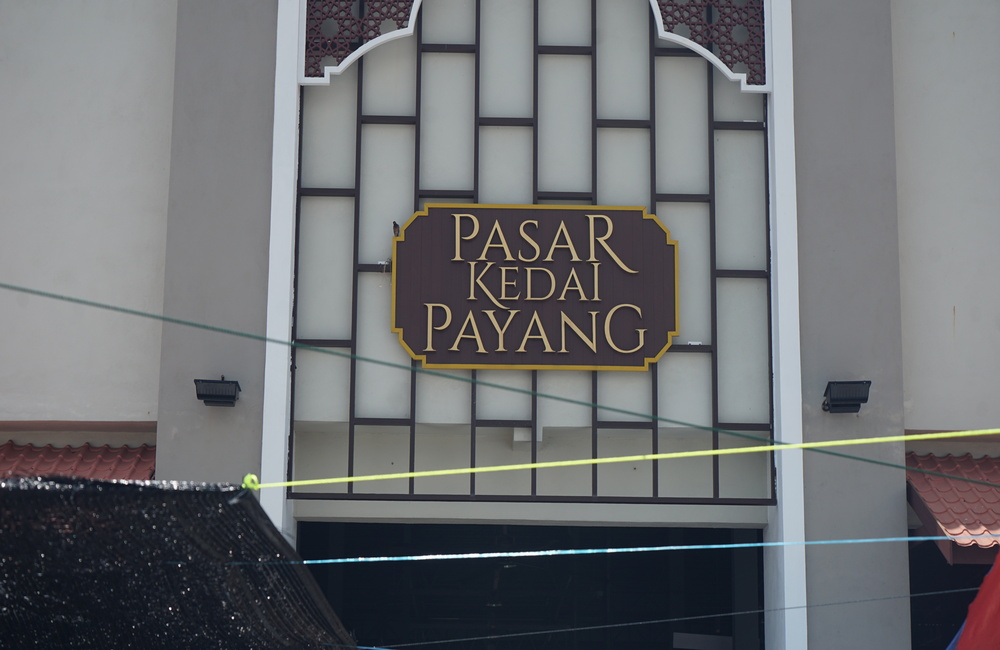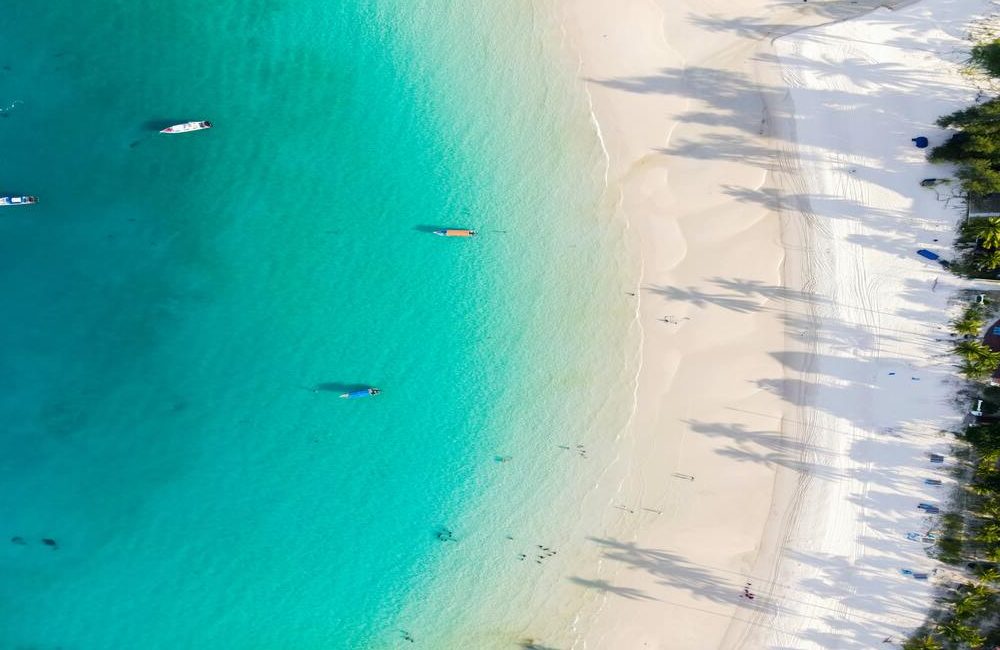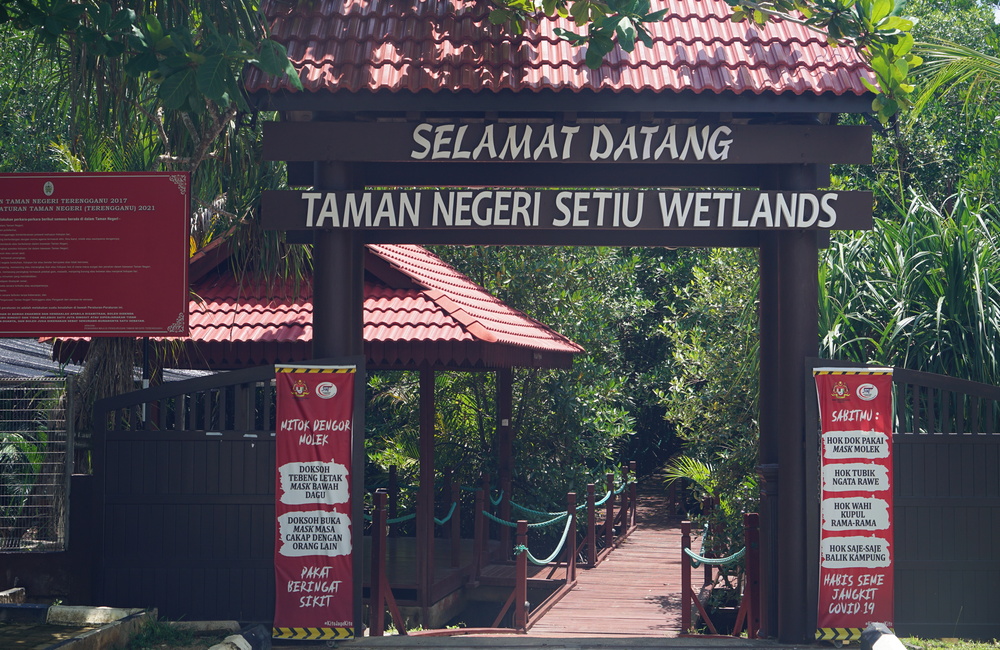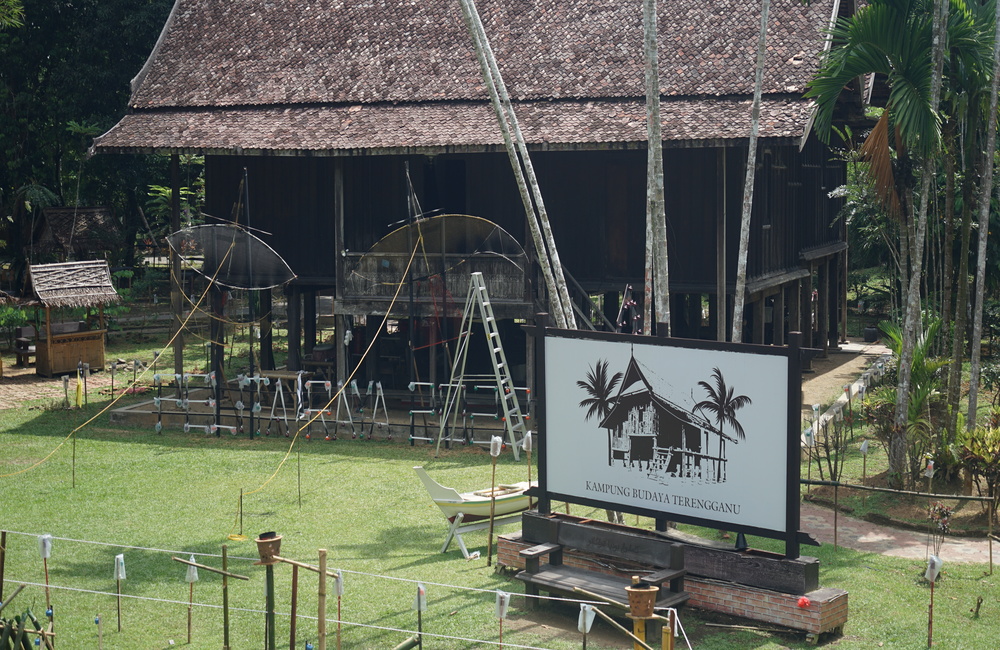Malacca, the “historical gem” of Malaysia
Malacca (also spelled Melaka), is a state located on the southwestern coast of Peninsular Malaysia.
Malacca
Malacca’s strategic location on the southwest coast of Peninsular Malaysia made it one of the most important trading ports in Southeast Asia. Founded in the early 15th century, it became the center of the powerful Malacca Sultanate, which played a key role in spreading Islam throughout the Malay Archipelago. Over the centuries, Malacca was successively ruled by the Portuguese, Dutch, and British, each leaving behind distinctive architectural and cultural influences. Today, Malacca is known for its UNESCO World Heritage–listed old town, featuring landmarks such as the A Famosa fortress, Stadthuys, and Jonker Street. The state is bordered by Negeri Sembilan to the north and Johor to the south, with Malacca City as its vibrant capital.
History
Malacca was founded around 1400 AD by Parameswara, a Sumatran prince who established the Malacca Sultanate, which became one of the most influential maritime empires in Southeast Asia. Due to its strategic location along the Straits of Malacca, it flourished as a major trading port connecting merchants from China, India, the Middle East, and Europe.
In 1511, the Portuguese conquered Malacca, followed by the Dutch in 1641, and later the British in 1824 through the Anglo-Dutch Treaty. Each colonial power left a lasting legacy on the city’s architecture, culture, and governance.
After Malaysia’s independence in 1957, Malacca retained its significance as a historical and cultural center, recognized for its well-preserved colonial buildings, diverse heritage, and blend of Malay, Chinese, Indian, and Eurasian influences. In 2008, Malacca City was declared a UNESCO World Heritage Site, together with George Town in Penang, in honor of its rich multicultural history.
Natural Surroundings
Malacca, located along Malaysia’s southwestern coast, is widely celebrated for its rich history and cultural heritage, but it also offers unique natural landscapes that complement its urban charm. The state is situated along the Malacca Strait, with a mix of coastal plains, rivers, and gentle hills shaping its terrain. The Malacca River, winding through the heart of the city, not only serves as a historic waterway but also provides scenic riverside walks lined with trees, gardens, and colonial-era architecture.
The surrounding countryside features lush paddy fields, coconut groves, and rubber plantations, reflecting the region’s agricultural traditions. Small forested patches and mangrove reserves along the coast, such as the Pulau Upeh and Tanjung Tuan areas, shelter a variety of wildlife, including migratory birds, monkeys, and monitor lizards. Coastal beaches like Klebang and Tanjung Bidara, though more modest compared to Malaysia’s eastern seaboard, offer calm waters and sandy stretches ideal for relaxation and seaside activities.
Beyond the urban areas, Malacca’s natural charm can be explored through eco-tourism sites and nature trails that wind through mangroves, riverside wetlands, and small forest reserves. These areas support rich biodiversity and serve as quiet escapes from the bustling city streets. Seasonal blooms, verdant greenery, and riverine ecosystems contribute to Malacca’s appeal, allowing visitors to experience the interplay between natural and cultural landscapes in a historically significant region.
From tranquil riverbanks and gentle hills to coastal stretches and mangrove forests, Malacca’s natural surroundings offer a subtle yet refreshing complement to its vibrant heritage. The state presents a harmonious blend of nature, culture, and history, providing both relaxation and exploration for visitors.
Culture
The community in Malacca is a vibrant reflection of Malaysia’s multicultural heritage, shaped by centuries of trade and colonial influence. The state is home to Malay, Chinese, Indian, Baba-Nyonya (Peranakan), Portuguese-Eurasian, and Chitty communities, each contributing unique traditions, cuisines, and festivals that define Malacca’s distinct cultural identity.
One of the most notable cultural groups is the Peranakan (Baba-Nyonya) community, descendants of early Chinese settlers who adopted local Malay customs while preserving Chinese traditions. Their colorful attire, intricate beadwork, and flavorful Nyonya cuisine—such as ayam pongteh and laksa nyonya—are iconic symbols of Malaccan heritage. The Portuguese-Eurasian community in the Portuguese Settlement also keeps alive old customs, dances, and the annual San Pedro Festival, honoring their seafaring ancestry.
Malacca’s food culture is one of its strongest attractions, offering a fusion of Malay, Chinese, Indian, and European flavors. Signature dishes include chicken rice balls, satay celup, asam pedas, and cendol. Traditional art forms such as silat, dondang sayang, and Kristang music are still performed during cultural celebrations.
Throughout the year, Malacca hosts various festivals and heritage events, from Chinese New Year and Hari Raya Aidilfitri to the Malacca River Festival, bringing locals and visitors together in a shared appreciation of its rich and enduring cultural legacy.
Transportation
Malacca
Malacca at a glance
![]()
- Country: Malaysia
- Area: 1,664 km2
- Population: 1,000,000
Highlights
- A Famosa Fortress: one of the oldest surviving European architectural remains in Asia, built by the Portuguese in 1511 as part of their defensive fortifications.
- Stadthuys: a striking red building constructed by the Dutch in 1650, now serving as a museum showcasing Malacca’s colonial and cultural history.
- Jonker Street (Jalan Hang Jebat): the heart of Chinatown, famous for its vibrant night market, antique shops, local food, and cultural atmosphere.
- Malacca River Cruise: a scenic boat ride along the Malacca River, offering picturesque views of colonial buildings, murals, and bridges.
- Christ Church: a historic Anglican church built by the Dutch in the 18th century, known for its distinctive red façade and Dutch colonial architecture.
- Maritime Museum (Flor de la Mar): a replica of a Portuguese ship that sank off the coast of Malacca, displaying exhibits on the region’s maritime history.
- St. Paul’s Hill (Bukit St. Paul): a historical site offering panoramic views of the city and the ruins of St. Paul’s Church, dating back to 1521.
- Melaka Sultanate Palace Museum: a wooden replica of the original 15th-century Malay palace, showcasing the glory and culture of the Malacca Sultanate.
Dos and Don’ts
- Do Explore Historical Sites: Visit landmarks like A Famosa, Stadthuys, and St. Paul’s Hill to learn about Malacca’s rich colonial history.
- Do Walk Around Jonker Street: Experience the vibrant atmosphere, taste local street food, and shop for antiques and souvenirs.
- Do Take a River Cruise: Enjoy a scenic boat ride along the Malacca River to admire colorful murals and heritage buildings.
- Do Respect Local Culture: Dress modestly when visiting religious or historical sites, and be polite when interacting with locals.
- Do Try Local Food: Don’t miss Malacca’s specialties like chicken rice balls, satay celup, asam pedas, and cendol.
- Do Visit Museums: Explore places like the Maritime Museum and the Baba-Nyonya Heritage Museum for deeper insight into Malacca’s past.
- Do Support Local Crafts: Purchase handmade batik, antiques, and Nyonya crafts from local artisans.
- Don’t Litter: Keep Malacca’s heritage sites and riverfront clean by disposing of trash responsibly.
- Don’t Damage Heritage Buildings: Avoid scratching walls, sticking gum, or defacing historical structures.
- Don’t Block Pathways: Jonker Street can get crowded—be courteous and make way for others.
- Don’t Disturb Religious Sites: Maintain silence and remove shoes where required, especially in temples, mosques, and churches.
- Don’t Bargain Excessively: While light bargaining is acceptable at markets, be respectful and fair to local vendors.
- Don’t Engage in Public Displays of Affection: Malaysia is generally conservative—keep behavior appropriate in public spaces.
- Don’t Ignore Traffic Rules: Some streets are narrow and busy—follow signs and avoid parking in restricted areas.
